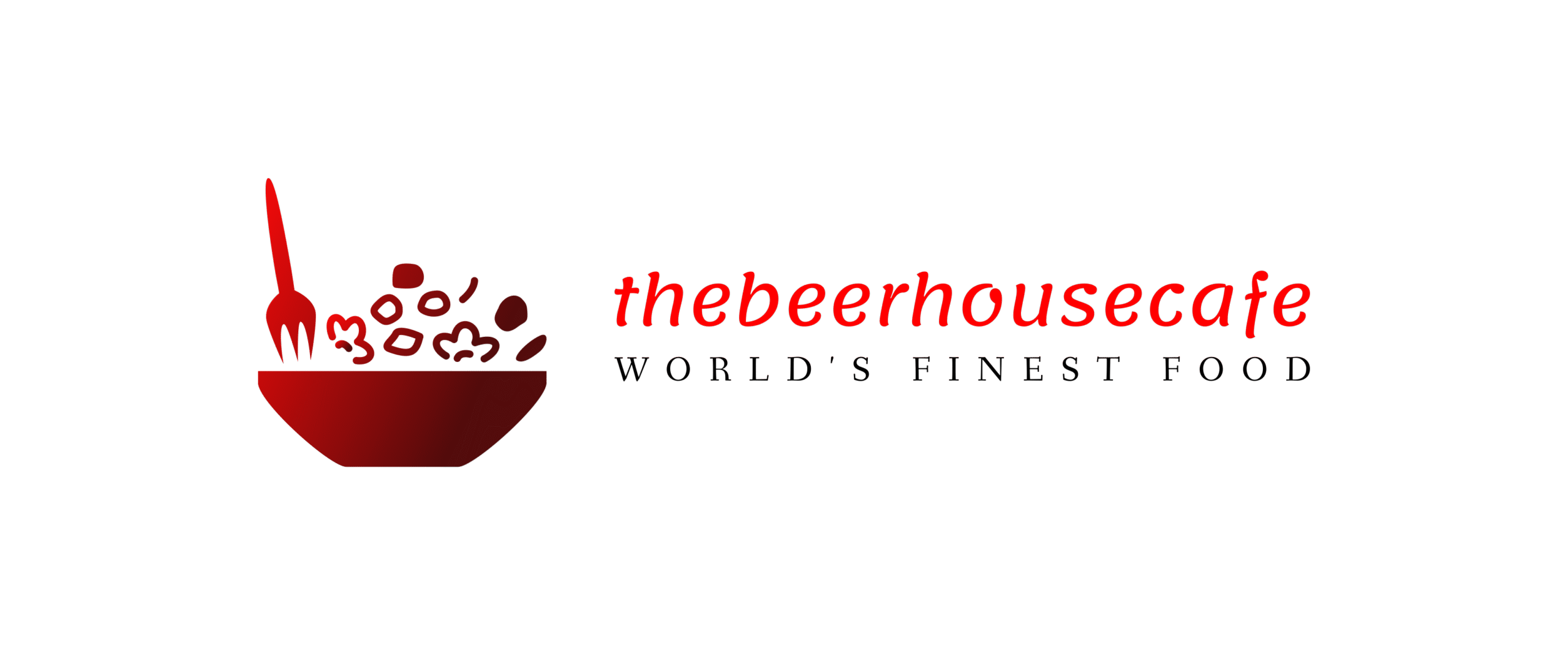Asian Snacks Are More Popular Than Ever In America. Here’s What That Says About Asian-Americans
Six years ago, Ezaki Glico, the Japanese maker of Pocky, announced plans for world domination via its chocolate-covered biscuit sticks. It made it a goal to make $1 billion in overseas annual sales by 2020, a milestone that no Asian snack brand has yet achieved. Even though its 2019 sales were only a little over $500 million, its upward trajectory was remarkable. Glico’s U.S. subsidiary had around $20 million in sales in 2015. Last year, it had $64 million.
The U.S. snacks market is the biggest in the world, dominated by domestic behemoths like Hershey’s and Mars. But the past several years have been big, too, for newer names, notes Marie Pumilia, a marketing manager at Ezaki Glico USA: “Around 2014, we really started to grow by double digits year over year.”
Today, Pocky can be found at everyday chain retailers like Wal-Mart, Target, Kroger, Safeway, 7 Eleven, and Costco. And it’s not just Pocky that has gained a fervent fanbase. Most Americans can rattle off a litany of pan-Asian goodies at the drop of a hat: Hello Panda, Hi-Chew, Yan Yan, mochi, shrimp chips, nori, Yakult. The accessible offerings are as varied as the over 20 million Asian-Americans who live in the country today.
This boom in Asian snacking occurred because of the 20 million Asian-Americans that live here today; we’re currently the fastest-growing demographic in the U.S. The invisible minority has recently become a lot more visible, especially through consumer goods. There’s been a mainstreamification of Asian culture in the West, including an awareness of a larger menu of Asian foods like kimchi, pho, and sushi, which might seem ubiquitous, now was once difficult to find, even 30 years ago. Yet even within the larger umbrella of food, Asian snacks hit a bit differently. In some ways, they’re more approachable, wrapped in a language of packaging that’s basically familiar even if it doesn’t display any English. The bright colors and cute characters denote something childlike in its pureness of purpose: to be a fun treat, an indulgence.
This connection to childhood is a key part of their attractiveness. Culturally, we consume snacks differently than we do meals. You might try a new cuisine to be adventurous or try a new buzzy restaurant to expand your palate, but your snacking habits tend to be private, and revolve around what’s familiar and brings you comfort. Because of this, our favorite snacks are often tied to nostalgic flavors from childhood. Some memories around snacking are so ritualized that they’re inextricable from our strongest national symbols, like chips and dip during the Super Bowl, or chocolate on Valentine’s Day. The rise in Asian snacks — and the broadening of what we consider to be snack foods in America — signals some change in how we consider our role and history in this country, which has always been fraught with tensions about otherness, newness, and assimilation. Its popularity, and the sense that this is not a trend, is just another sign that we’ve been here, and we’re here to stay.
But what’s driving the interest and awareness in Asian snacks among a larger population of Americans who don’t have this nostalgic connection? As usual, the answer is the internet — and specifically, the power of Food Youtube.
The most prominent contributor to “Asian snacks” food content is Buzzfeed, whose food network, Tasty, is one of the biggest names in food content overall. Around six years ago, Buzzfeed released a video called Americans Taste Test Japanese Snacks, which currently has nearly 11.5 million views. Since then, it has created a whole trove of snack videos, usually centered on people of two different nationalities swapping snacks from their respective countries, and sharing when and how they’re consumed. It’s cultural discourse through snacks, and audiences eat them both up.
Besides Youtube, there’s been a feast of Asian and Asian-American content in other spheres too — in the era of internet streaming, platforms like Netflix are offering movies like Always Be My Maybe and To All The Boys I’ve Loved Before, including a scene where the white male lead gushes about how great Yakult is. The internet has also brought us an influx of Asian-American influencers and content creators in beauty and fashion, from Michelle Phan to Chriselle Lim. Then there’s K-pop, of course, which isn’t just about music but a gateway into all things Korean. Subscription boxes like Korea Box bundle snacks with K-pop collectibles and K-beauty products. You don’t just have a snack; you sample the whole culture — including the nostalgia that Asian-Americans feel for Pocky or shrimp crackers.
But of course, it’s not a perfect transference. Our memory of our past is different from how the rest of the country remembers it, a country that sometimes hardly seems to know us at all. Mainstream interactions with Asian food are different today than compared to how many of us remember it, especially those who didn’t grow up in Asian-American enclaves. “I grew up in a town of 5,000 in rural Iowa,” says Heather, 21, who was the only Chinese student in her school district. “Some of my worst memories were sharing my Asian snacks with my white classmates. I remember all the comments: ‘Ew, that’s so gross,’ followed by, ‘I thought you ate dog.’”
And the truth is, an element of spectacle persists even in Asian snacking. Some of the top YouTube content around it cashes in on carnival-sideshow clickbait, evident in the thumbnail of grimacing, gasping faces, or titles that include words like “exotic” and “weird” and “EXTREME!” Even Buzzfeed’s first video on the subject initially leans harder on the outlandishness than on expanding your cultural literacy (“No one actually eats that,” says one participant about dried anchovies).
To be fair, Buzzfeed has since become more sensitive to how they present Asian snacks and foods, probably in no small part due to Asian creators like Inga Lam, a video producer at Buzzfeed. The video that kickstarted her role as an on-camera personality showed her making dragon’s beard candy, which includes not just a detailed and beautifully shot look at how to create it, but an intro on its history and background.
Lam isn’t really impressed by Andrew-Zimmern-type gross-out videos: “A creator who has never had [the food] before and doesn’t understand any part of it, and doesn’t try to explain it, being like, ‘It’s so bizarre’” doesn’t provide any context, which Lam believes is crucial. It plays into the stereotype that Asian foods are untrustworthy and unhealthy. Last year, a white restaurateur faced backlash when she claimed her new restaurant offered “clean” Chinese food. MSG and “bat soup” are both manifestations of age-old Yellow Peril that posits that East Asians are naturally dirty and threaten Western cultures and people. But at the same time, we’ve seen some mundane Asian food, whether it’s kombucha or ginger, suddenly gets hailed as a trendy superfood. This is how exoticism functions: Flip a coin and our food can be occult poison or a magic cure.
In fact, food writer and activist Nina F. Ichikawa argues in an essay published in Eating Asian America: A Food Studies Reader that Asian-American farmers, greengrocers, and entrepreneurs have been instrumental in the U.S. health food movement — a role that has been obscured if not misremembered. In particular, she points to Japanese-Americans Aveline and Michio Kushi, who opened the natural foods store Erewhon back in 1966 — long before Whole Foods existed — and inspired a host of other natural food stores to pop up. Snacking as a whole has continued to increase, with a special demand for healthier options. The uptick in our national consumption of rice chips and seaweed snacks suggests that Asian snacks are an obvious answer.
So it’s notable that brands like Dang Foods are now reclaiming some of that forgotten history. The snack company, founded in 2011 by Thai-Chinese American brothers Vincent and Simon Kitirattragarn, recently rebranded itself as “the first Asian-American snack brand.” Its ethos has always been about creating healthy snacks: it first offered coconut chips and now also has a line of rice chips and keto bars.
But Kitirattragarn didn’t always display the Thai origins of the plant-based snacks. “All of our products always had Asian influence. The chips were originally inspired by recipes from my mom,” he says. “We never put that to the forefront.” Then Kitirattragarn realized how easy it would be for the truth to disappear this way, with no memory tying the wholesomeness of his product specifically to his Thai background. The new packaging displays a pattern of Thai writing in the background and shows a picture of Vincent and his brother on the back. The brand has done well in reaching an Asian-American customer base, but it has also over-indexed among white Americans.
Like Lam, and like most Asian Americans who are involved in making, selling, and spreading the gospel of Asians snacks on the internet, Kittirattragarn finds his business to be a means of self-affirmation. The Asian-American experience often feels like a process of amnesia for your parent’s culture: “The first thing that gets shed typically is your dress. Then you start to lose things like your mother tongue. I don’t speak Thai as well as my parents. You also lose music, and dance — but I think the thing that you hold onto the longest is food.”
The conversation about who should make what food is not actually about authenticity, even though that word always comes up. Asian-Americans, as with all members of diasporic communities, play with traditions. We love a good twisty fusion. The rise of Asian-American snacks is about who has a stake in the story of Asian America. If we don’t remember it accurately, who will? Who are the people that care how this story unfolds? We might hold onto food the longest, but we take control so we can also let go. We can’t subsist on nostalgia alone. Asian Americans don’t live squeezed between the homeland of our parents and the whitewashed memory of this country. We exist beyond it, in a third place made up of our own recollection and imagination — and yes, even our own snacks.
Like what you see? How about some more R29 goodness, right here?







